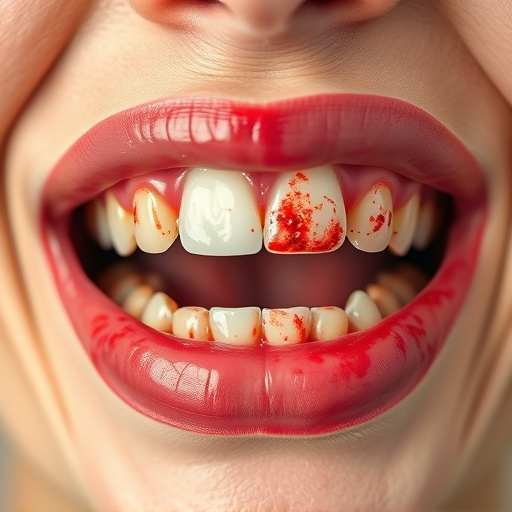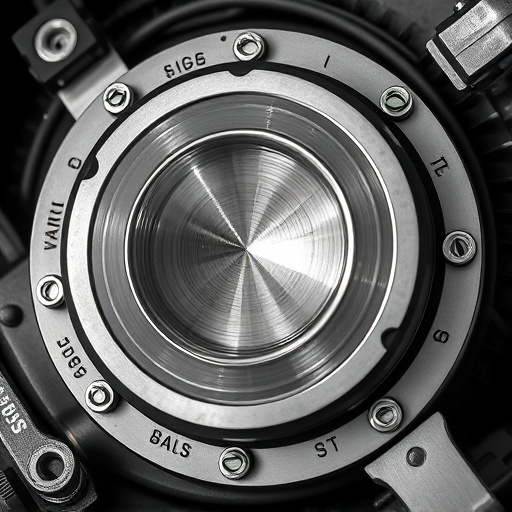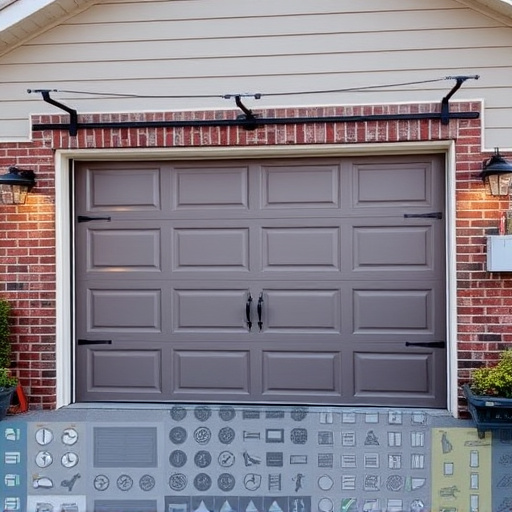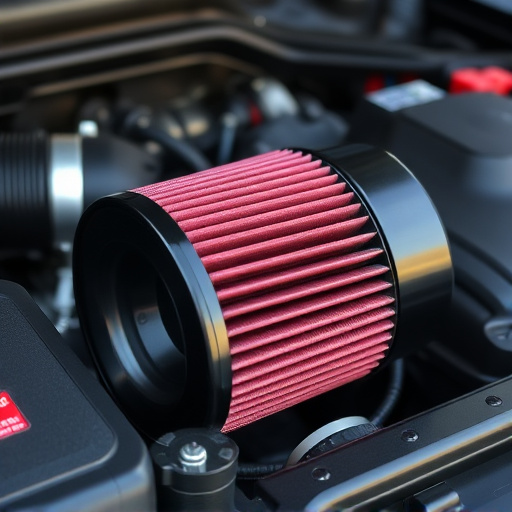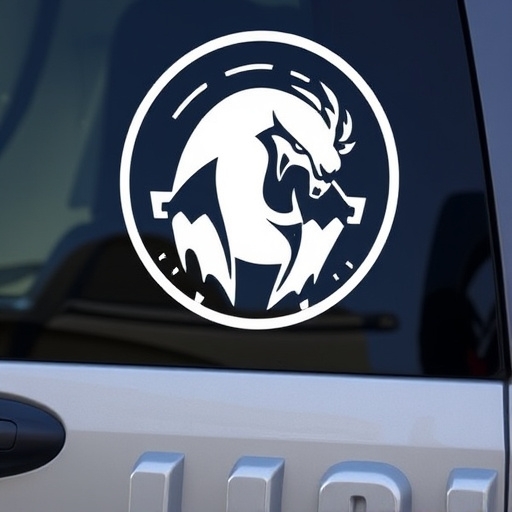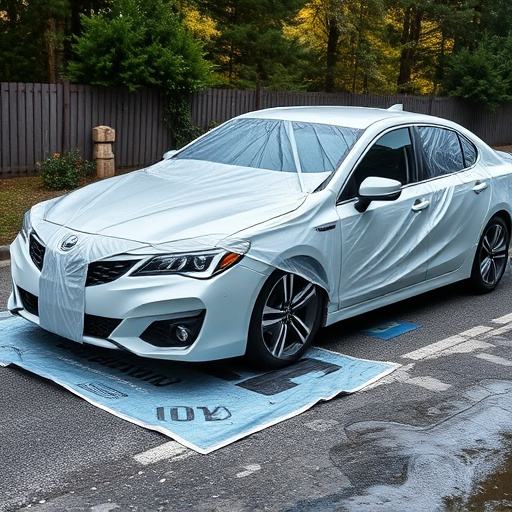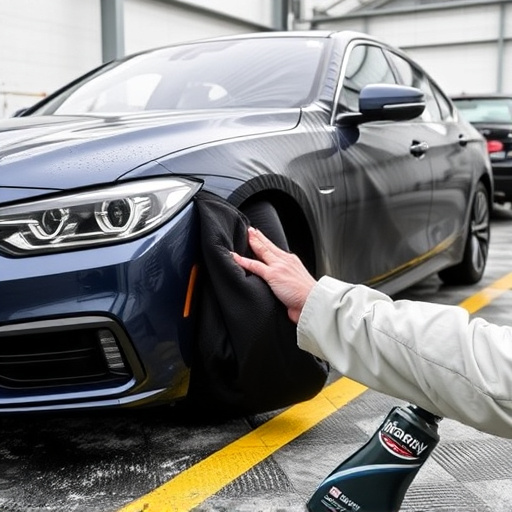Car ceramic coating is a cutting-edge automotive detailing technology that offers more than just an aesthetic upgrade, protecting paintwork from environmental damage and repelling water and stains. While it's ideal for maintaining matte finishes, proper application is crucial to balance protection and aesthetics, especially with custom graphics or designs. Best practices include meticulous cleaning, using decontaminating cleaners, high-quality, matte-specific coatings, strict adherence to manufacturer instructions, and consideration of environmental factors.
“Discover the potential of car ceramic coating—a revolutionary protective layer gaining traction among automotive enthusiasts. This article explores its impact on matte finishes, addressing the age-old question: is it safe? We delve into the benefits and unique properties of ceramic coating, examining its effects on non-reflective surfaces.
By understanding the possibilities and risks, car owners can make informed decisions. Learn best practices for applying ceramic coating to preserve and enhance the aesthetic appeal of matte cars, ensuring a durable and glossy finish.”
- Understanding Car Ceramic Coating and Its Benefits
- The Impact on Matte Finishes: Possibilities and Risks
- Best Practices for Applying Ceramic Coating to Matte Cars
Understanding Car Ceramic Coating and Its Benefits
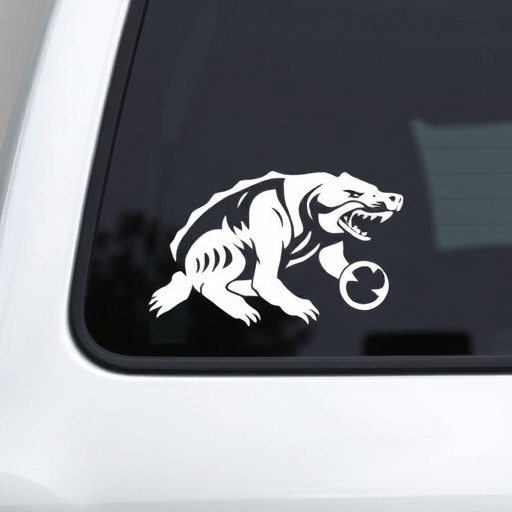
Car ceramic coating has emerged as a game-changer in the automotive detailing industry. It’s more than just a trend; it’s a protective layer that enhances the vehicle’s exterior. This innovative technology involves applying a thin, durable ceramic shield to the car’s paintwork, offering numerous advantages. The benefits extend far beyond aesthetics, providing a long-lasting defense against environmental factors like dirt, dust, and UV rays, which can fade and damage the finish over time.
One of the key selling points is its ability to maintain and preserve matte finishes. For those who prefer a more subtle, non-reflective look, ceramic coating is ideal. Unlike traditional waxes or sealants, it provides a seamless, smooth surface that reduces the appearance of imperfections. Moreover, its hydrophobic properties repel water and stains, making washing and maintenance easier. This not only ensures the car’s exterior stays looking fresh but also adds value to the vehicle, particularly when considering options like custom graphics or vinyl wraps as part of automotive detailing services.
The Impact on Matte Finishes: Possibilities and Risks

The application of car ceramic coating on matte finishes presents both possibilities and risks. While a protective layer can enhance durability and safeguard against environmental degradation, it might alter the original aesthetic intended for a matte look. Ceramic coatings form a smooth, glossy surface that contrasts sharply with the textured, non-reflective nature typically sought in matte finishes.
For vehicles featuring custom graphics or intricate designs relying on visual contrast, careful consideration is required. Professional installation of high-quality ceramic coating products can mitigate risks by ensuring precise application and minimal impact. Conversely, subpar installation techniques could lead to coating buildup, affecting the matte appearance and potentially necessitating a complete restoration. Thus, balancing protective enhancement with preserving the desired aesthetic requires thoughtful selection of products and expert application for optimal results.
Best Practices for Applying Ceramic Coating to Matte Cars
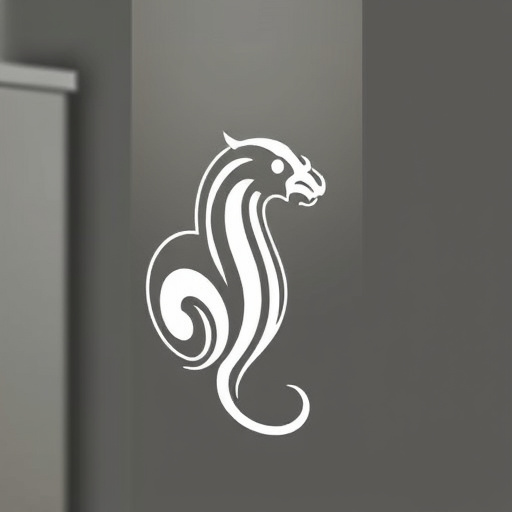
When considering car ceramic coating for a matte finish, it’s crucial to adopt best practices to ensure optimal results and safety. The process begins with thorough cleaning and preparation of the vehicle’s surface. This step is vital as it removes any contaminants, oils, or wax that could hinder the coating’s adhesion. A dedicated car wash, followed by a decontaminating cleaner, is ideal for achieving a clean slate.
After cleaning, drying, and inspecting the surface for any defects, applying the ceramic coating becomes more effective. Use high-quality, matte-specific coatings designed to enhance the aesthetic appeal of non-glossy finishes while providing excellent heat rejection benefits, a key aspect often sought after in premium automotive services. Ensure even application, following the manufacturer’s instructions for curing time, and consider environmental factors like temperature and humidity, which can impact the coating’s performance.
Car ceramic coating has gained popularity for its ability to enhance a vehicle’s appearance and protect its finish. While it offers numerous benefits, applying this coating to matte finishes requires careful consideration. The right techniques and products can preserve the unique aesthetic of matte cars while providing extra protection. By understanding the potential risks and following best practices, car owners can enjoy the advantages of ceramic coating without compromising their desired matte look.


